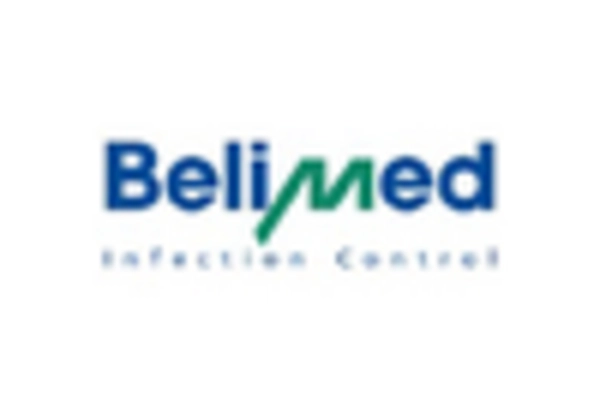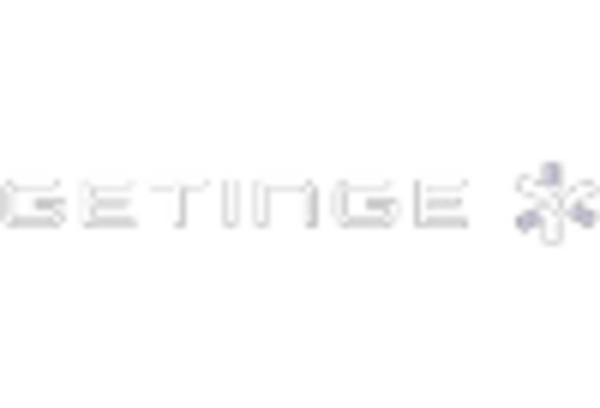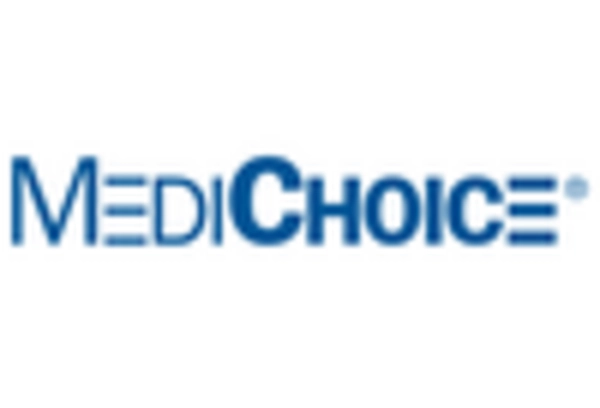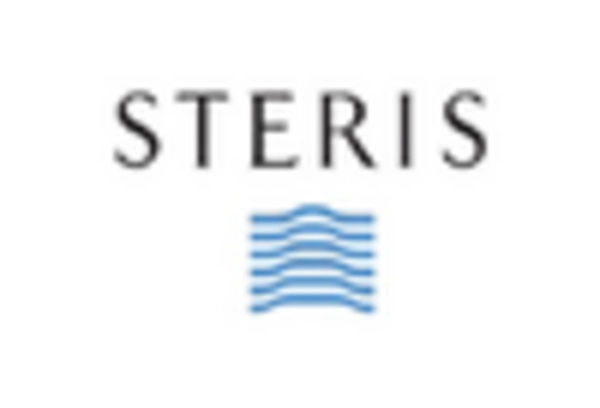Market Share
Sterilant Market Share Analysis
Market share positioning strategies in the Sterilant Market are crucial for companies to gain a competitive edge and establish a strong presence. One primary strategy is differentiation, where companies focus on unique features or benefits of their sterilant products. By highlighting specific attributes such as effectiveness, eco-friendliness, or ease of use, companies can attract customers seeking specialized solutions. For instance, a company might emphasize its sterilant's fast-acting formula or its ability to eradicate a broad spectrum of pathogens, setting it apart from competitors. This differentiation strategy helps companies carve out a distinct identity in the market and capture the attention of targeted customer segments.
The key factors driving the growth of sterilant market is the increasing demand for processed food, which uses sterilant as food preservatives to increase their shelf life and protect them from exposure towards microorganisms. Moreover, the growing healthcare industry adds to the growth of the global sterilant market owing to the need of sterilant such as peracetic acid for sterilization of medical equipment.
Another key strategy is pricing positioning, which involves setting prices relative to competitors to appeal to specific market segments. In the Sterilant Market, companies may adopt a penetration pricing strategy to gain market share rapidly. By offering lower prices than competitors, companies can attract price-sensitive customers and incentivize them to choose their products over others. Alternatively, companies may opt for a premium pricing strategy, positioning their sterilants as high-quality or technologically advanced products worth the extra cost. This approach targets customers who prioritize quality and are willing to pay a premium for superior sterilization solutions.
Furthermore, companies in the Sterilant Market often leverage distribution channels as part of their market share positioning strategies. Establishing strong distribution networks enables companies to reach a wider customer base and enhance accessibility to their products. Companies may partner with distributors, retailers, or online platforms to ensure their sterilants are readily available to customers across various regions. Moreover, companies may invest in efficient logistics and supply chain management to streamline distribution processes and minimize lead times. By optimizing distribution channels, companies can increase market penetration and strengthen their competitive position.
Moreover, branding and marketing play a pivotal role in market share positioning strategies within the Sterilant Market. Building a strong brand identity helps companies differentiate themselves and foster customer loyalty. Through strategic branding efforts, companies can communicate their unique value proposition, establish credibility, and evoke positive associations with their sterilant products. Effective marketing campaigns tailored to target audiences can further reinforce brand positioning and drive demand. Companies may utilize various marketing channels such as digital advertising, trade shows, and industry publications to raise awareness and promote their sterilant offerings effectively.
Additionally, innovation and product development are essential components of market share positioning strategies in the Sterilant Market. Companies continuously invest in research and development to introduce new and improved sterilant formulations that address evolving customer needs and industry trends. By innovating, companies can stay ahead of competitors, enhance product performance, and capture market share. Moreover, companies may patent innovative technologies or formulations to gain a competitive advantage and protect their market position. By offering cutting-edge sterilization solutions, companies can attract customers seeking advanced and effective products, thereby solidifying their market share.









Leave a Comment